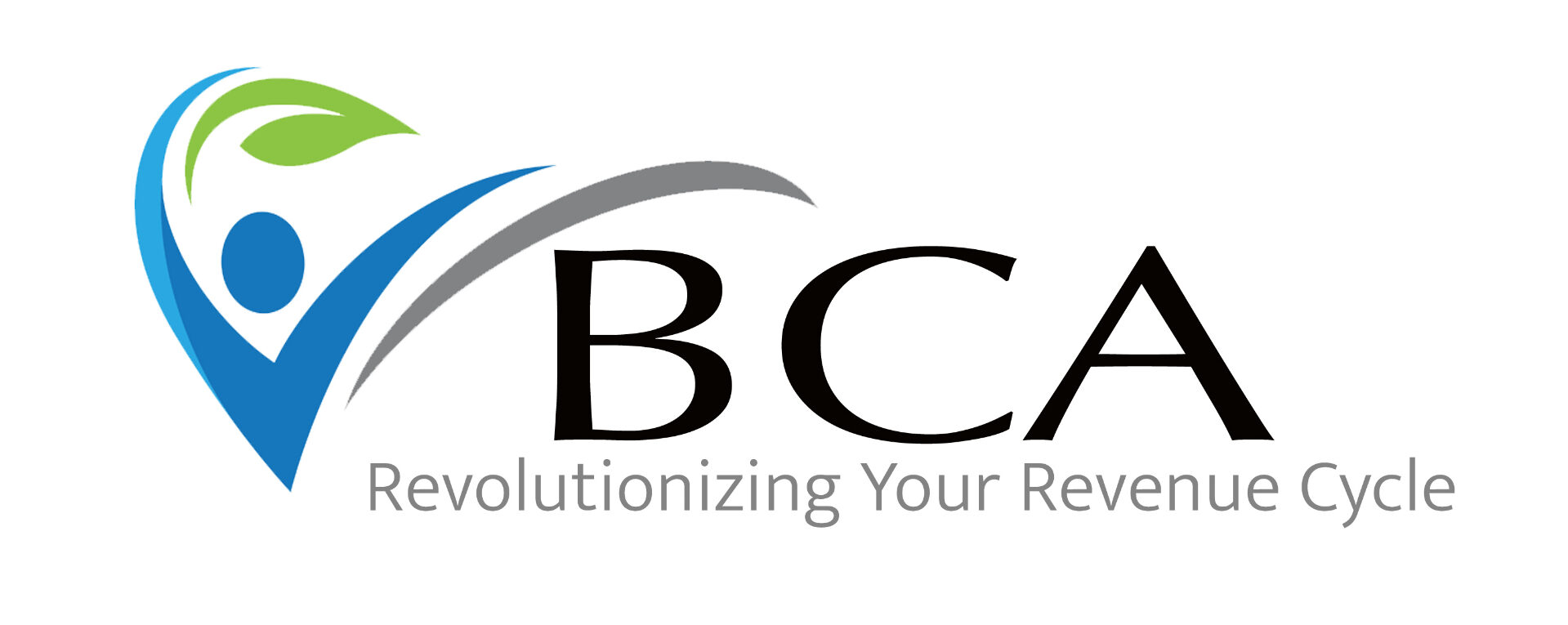As more Federally Qualified Health Centers (FQHCs) and other healthcare organizations adopt risk-based reimbursement models, maximizing the impact of every team member is crucial. Unfortunately, siloed efforts often undermine these initiatives, slowing progress and leaving potential revenue unrealized.
At BCA, we recently interviewed administrative leaders across multiple FQHCs to better understand how information about risk-based reimbursement is managed internally. A common theme emerged: communication from payers about unrevalidated conditions typically reaches only a select few. While operational leaders and administrators are essential for developing workflows, leaving coding and nursing staff out of the process creates gaps that weaken results.
When coders and nurses are fully engaged, the impact can be significant. By combining data analytics with proactive problem-list cleanup and pre-visit planning, organizations can close risk gaps more effectively. For example, coders can identify possible causal relationships within a patient’s problem list and query the nursing or provider team to confirm whether these connections are clinically appropriate. When nursing staff review these queries first, unnecessary provider touches are reduced — streamlining the workflow and respecting providers’ limited time.
Strong collaboration between coders and nurses before a patient visit ensures providers enter the exam room informed about outstanding risk opportunities. This preparation increases the likelihood that providers will document all conditions that affect or require care in the assessment and plan — resulting in more accurate and complete risk adjustment.
Breaking down silos takes intentional effort, but the payoff is worth it: improved capture of risk-adjusted conditions, better alignment with payer expectations, and ultimately, stronger reimbursement for the care your teams provide.
Ready to take the next step? Learn how your organization can build an effective, team-based approach to risk gap closure. Contact us at info@bcarev.com to schedule a conversation today.
